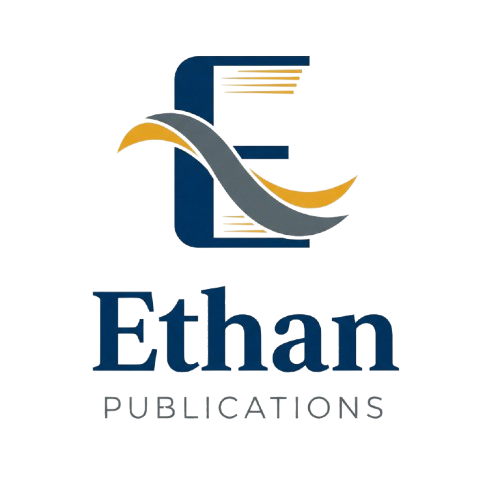CRITICAL REVIEW: OSTEOTOMY MODELS AND THEIR INADEQUACY IN EXPLAINING NORMAL BONE HEALING
Authors: Rashid Mahmood Khan, Farah Naz Siddiqui, Sameer Zafar Ahmad
DOI: 10.5281/zenodo.17183946
Published: September 2025
Abstract
<p><em>Understanding of biological course of healing is essential for a therapeutic approach and the choice of an adequate animal model can be crucial for the experimental results. Methods: A rabbit tibial osteotomy model with subsequent intramedullary stabilization was performed. The healing progress of the osteotomy model was compared to a closed fracture model. Histological analyses, biomechanical testing and radiological screening were undertaken during the observation period of 84 days to verify the status of the healing process. Results: In contrast to the closed fracture technique osteotomy led to delayed union or nonunion until 84 d post intervention. The dimensions of whole reactive callus differed significantly between osteotomized and fractured animals at 28 d post-surgery. A lower fraction of newly formed bone and cartilaginous tissue was obvious during this period in osteotomized animals and more inflammatory cells were observed in the callus. Conclusion: The osteotomy technique is associated with cellular and vascular signs of persistent inflammation within the first 28 d after bone defect and may be a contributory factor to impaired healing. The model would be helpful to test agents to promote fracture healing but this will not show the normal bone healing pattern. </em></p> <p><em> </em></p>
Full Text
No full text available
Cite this Article
References
- No references available.
